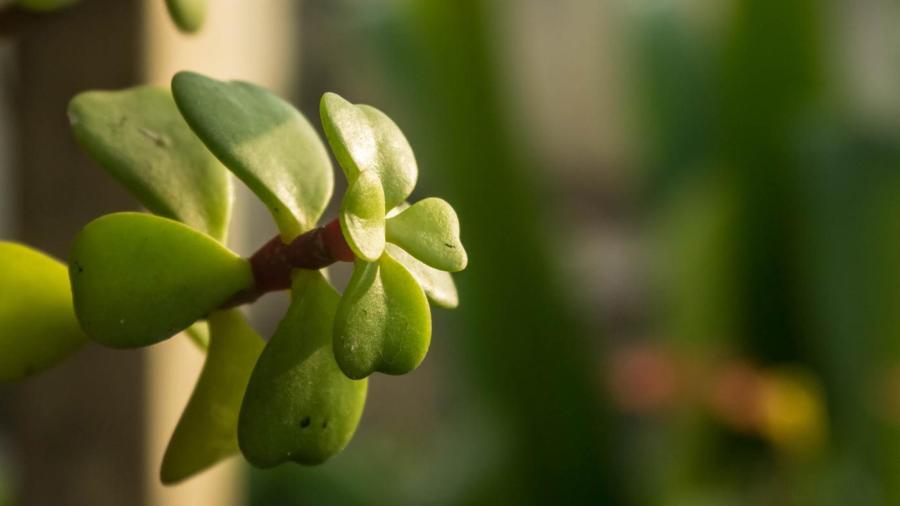What Is the Function of Cellulose?

Cellulose makes up most of the tough cell walls surrounding plant cells and enables plants to stand upright, according to Education Portal. It is the major component of plants that makes the branches, stems and leaves very strong.
Cellulose is a valuable polysaccharide and the most abundant organic compound in the planet, notes Education Portal. All plants are composed of polysaccharides, which are large sugar molecules consisting of single sugar units. The four common polysaccharides are cellulose, chitin, glycogen and starch. Cellulose has a unique, rigid structure that serves an important function in plants. Its molecules are joined together using hydrogen bonds and are arranged parallel to one another, forming a long, cable-like structure that merges with other cellulose molecules. This creates the strong support structure that allows plants to stand upright.
Education Portal explains that the strength of cellulose makes it useful in various synthetic products, including plastics, fabrics, cosmetics, lotion and carpeting. Cellulose is also an essential component of paper, cotton fabric and lumber. Moreover, cellulose plays a key role in digestion, as it is an insoluble fiber that does not break down when passing through the digestive system. Insoluble fiber is important in a person’s diet, because it allows the digestive tract to keep moving.





